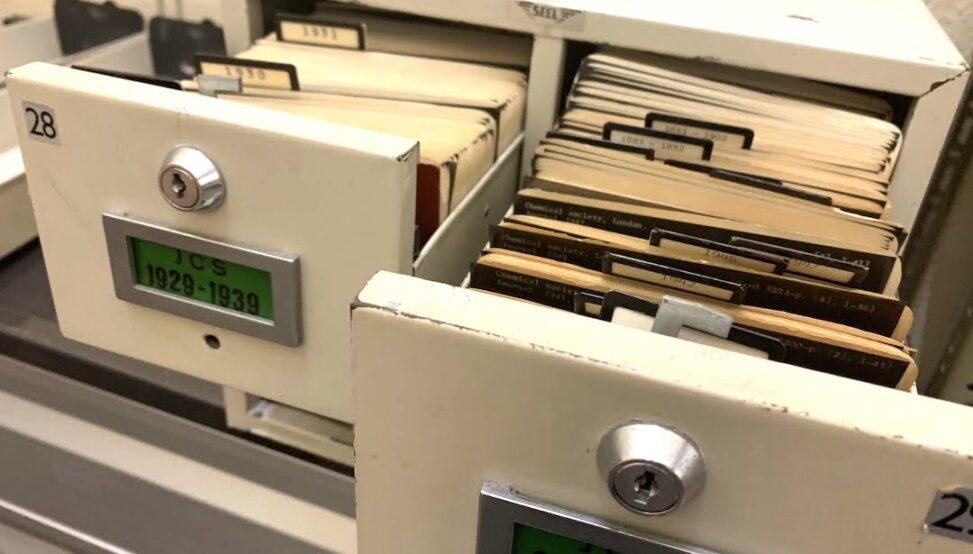This week at Técnico we ended another short course in which we encouraged students to develop creative ideas for new business models. This time it was aimed at law students, including modules on digital technologies for their projects, taught by our professors and researchers.
As usual, the problems that students wanted to address fell into the classification of “wicked problems”, that is, problems that are hard to solve due to incomplete, contradictory or variable requirements and difficult to recognize and specify. We use various methodologies to find creative solutions to these types of problems, benefiting from the collective intelligence of students and using visual tools such as screens and sticky notes posted on the wall or inside digital collaboration tools, such as Miro.
In these ideation processes, we use sticky notes (physical or virtual) for two reasons: summarization and interconnection. The participants need to summarize their ideas in a text that fits in the available space in a way to be readable by the other team members. Another advantage is that they can be moved without losing their content, allowing similar ideas to be grouped or prioritized.
We try to show students that ideas can stand on their own, but often have more value when associated with others. The power of collective intelligence used in these sessions is able to change silly or out-of-scope ideas into new ideas that would not arise otherwise.
The linking of ideas has long been used in academic articles where authors recognize the contribution of previous works. The study of frequency and citation patterns between documents is currently used, not only to identify important articles but also to rank the journals that publish them, their authors and their universities or research centres.
The value of connections is at the base of the “concept map”, a tool used to organize and structure knowledge. Created in the 70s of the last century, by Joseph D. Novak of Cornell University, the concept map is a graph in which ideas are in boxes (nodes) connected by arrows with tags (arcs). They are used to stimulate the generation of ideas or for the analysis of complex ideas.
At this point, you should be asking yourself the relationship between what you have been reading about creation and knowledge management and the title of this chronicle. The answer is that Zettelkasten is a method of knowledge management that was popularized by sociologist Niklas Luhmann (1927-1998). The method, whose name can be translated as “card box”, is inspired by the old bibliographic card files that summarize the documents of a library’s estate. The forms have the physical location of the document and its title, author, subject and date of publication. Zettelkasten is a collection of cards containing a small text with an idea or some information that was recorded when it happened or when it was taken from a source, for example, when reading a book. Each card also contains meta-information with references to other cards and labels that describe important aspects of the card’s text. This method of summarizing and interconnecting knowledge was used extensively by Niklas Luhmann, creating an archive of 90,000 records that he used to write more than 70 books and 400 academic articles.
Zettelkasten was rediscovered in 2017 in the book “How to Take Smart Notes”, by Sonke Ahrens, and has been adapted to various digital tools for taking and connecting notes such as Evernote, Notion, OneNote, etc. The basic concepts of summarization and interconnection can be used in these tools, but with some effort for the user. These limitations and the recognition of the method’s advantages led to the creation of a new generation of tools designed from scratch for this purpose. Its main feature is the cross-linking of notes: whenever a note is referred to by another, a link to the note that quoted it is added to the original note. Thisconceptbacklinkfacilitates navigation between notes. Another feature is the ease of making references, just use your title in the note text and use a key to transform it into a hyperlink. It is also common to be able to change the title of a note and thereby change the text of all references made to that note. For example, the note with the title “Networks” may initially be limited to the concept of computer networks. When wanting to introduce a new note on the concept of “Social Networks” it may make sense to rename the note “Networks” to “Computer Networks” making more precise not only the title of the note but that of all references to it. Finally, a common feature in tools with this method is the possibility of graphically visualizing the interconnection of notes, easily distinguishing those that are central from those that are peripheral.
We are still at a very early stage in the development of these new tools, the most well-known of which, Roam Research, was launched less than a year ago. The main competitors are RemNote and Obsidian, both free for personal use. In addition to price, an important choice factor is the confidentiality and portability of the information. In this domain, Obsidian stands out for storing information exclusively on the user’s computer using the Markdown format that can be read by various text editing programs.
Even without sophisticated tools, anyone can benefit from using the principles of the Zettelkasten method: summarization and interconnection. For this, a notebook, a pen and sticky notes are perfect.
Adapted from my column in Jornal i of September 29th, 2020

 Português
Português